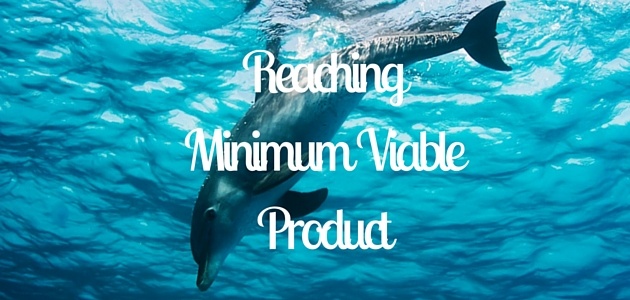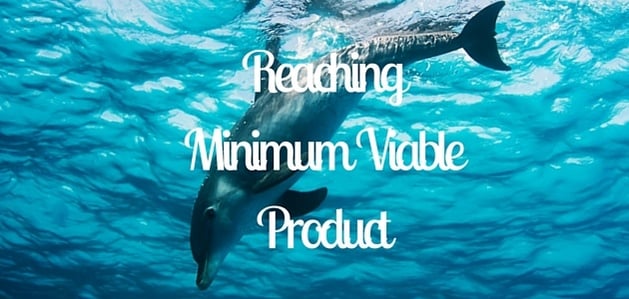

In the traditional design and manufacturing world you design and build your product, finish it, test it, package it and start marketing to sell it. A somewhat simplistic description but broadly how it works. In the world of the app and software applications, it’s a very different environment. There is always one more feature to add, can you ever actually finish your product? So getting to a completed ‘product’, something which you can sell, something which can generate revenue for you, or ‘eyeballs’ if you’re in that economy, is vital.
It is then important to understand the concept of minimum viable product (MVP). The idea behind MVP is the fact that the road to software development in completing your product can be a never ending one and many organisations have gone under in the process of trying to get a product to market, where a fanatical designer, founder or owner is convinced that he must finish his fabulous product and “then we’ll make some revenue!”
The MVP is a carefully considered first version of the product, MK1 if you like, but it is a complete product. It enables the organisation to reach a point where the product can come out of development, go into packaging, manufacturing and most importantly, marketing and sales. It’s at this point that the organisation runs the risk of actually having some revenue and at that point, contest whether their fantastic product has the capability to be sold in the marketplace and to start to chart the curve of the lifecycle adoption model (see previous blog, “Applying the basics of 'Chasm Theory' to your go-to-market strategy”).
The relationship between software or app developer and investor, can be readily compared to a dolphin swimming in the sea and periodically coming up to the surface for air. Each time the dolphin comes up to the surface, it takes as much air as it can, and then dives back down. The more air it takes on board, the deeper it can dive. Now picture the dolphin as the development team and the air is the money from the investors. So, the more money you gain from the investors, the deeper you dive into development and you will have more time to bring the product to ‘completion’ or, more specifically, to reach MVP.
In principle, if you dive in search of MVP and return to the surface for more air/funding and reach MVP, happy days! If the dolphin doesn’t reach MVP for the project, it comes back to the surface for more air/funding. Each further dive requires more air/funding and each further dive progressively frustrates the investors. To the point where the dolphin comes to the surface, finds that there is no air, and the story and the company ends!
So, for the lucky dolphin who has reached MVP for the project, he will dive again for the next stage of development of the product, whilst the rest of the organisation is generating revenue from the sale of the apparently completed product, and potentially creating more money for further product investment.
This tale explains why very many products in the software world these days will never ever be finished, as agreeing and completing the definition of MVP is a vital part of the process and it must be viable in order to generate revenue (or ‘eyeballs’) for the business.
A classic example of this is my good friends at HubSpot where the continuous development cycle of 200+ people continues on a day by day basis with every year a massive further development and launch of a larger and more vibrant product. MVP was passed many years ago but the investment in product development continues and continues as the product is never likely to be ‘finished’ they continue to polish, refine and improve something that is already a great product.
Tip 6: Work out what MVP is for your product so that you have the earliest opportunity of generating revenue.
You can receive updates about the book and the latest blog by email. If you would like to subscribe, please complete the form below:



Submit a Comment